This is the Q&D set-up utilising a halogen penlight torch and reflector for illumination
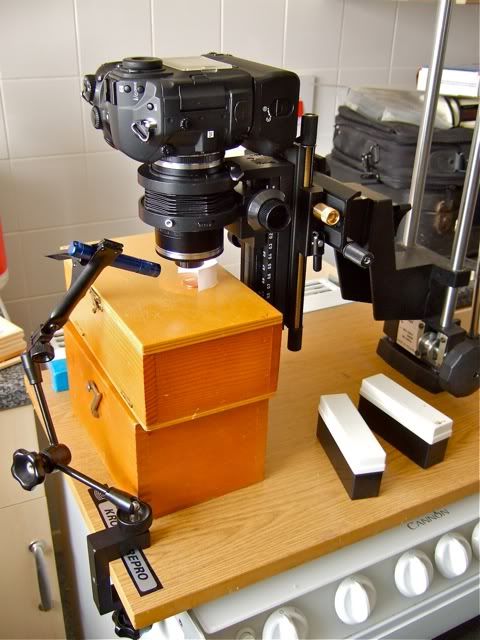
Close up of the simple penlight illumination which was sufficient to illuminate individual letters on the coin. The battery powered halogen penlight is focusable and can be used as a miniature spotlight ... it is supported in a Fisso mini clamp on a miniature Fisso articulated arm.
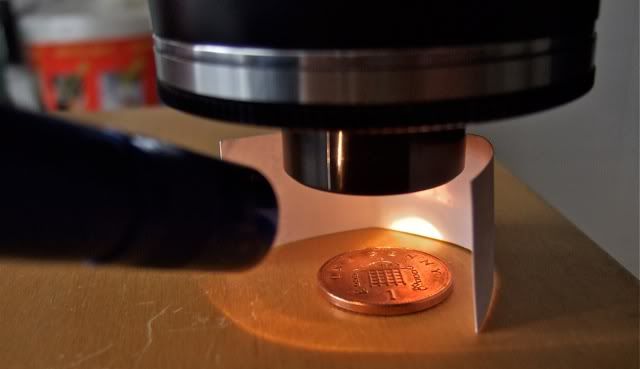
This is the coin used - image taken with Fuji f30 compact
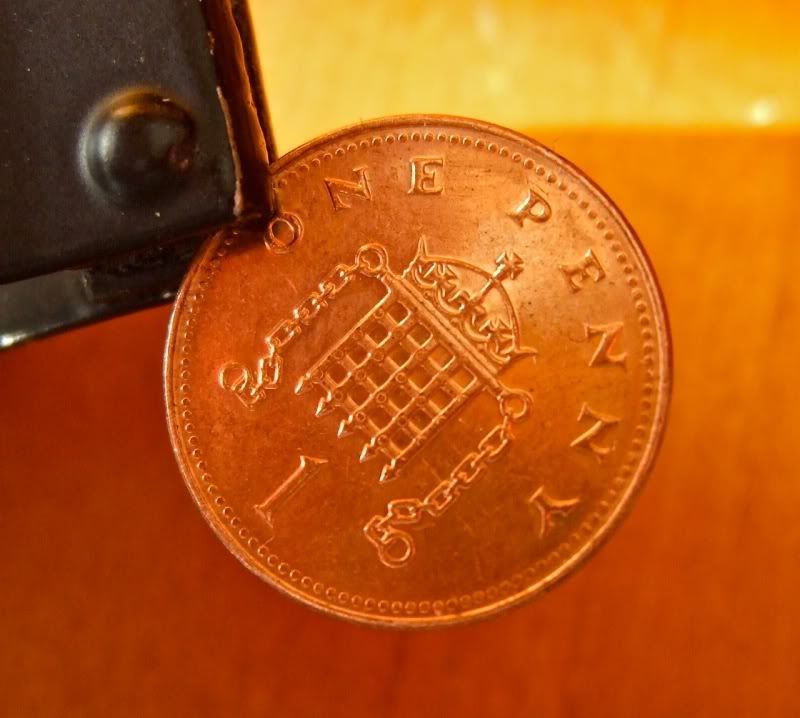
And these are the uncropped images of the 2mm high letter 'P' in 'PENNY' with three different bellows extensions. The largest image is at maximum bellows extension with additional 3cm extension comprising tubes and adaptors.
Magnifications are approx: 3.5x, 5.5x and 7x assuming sensor width of 17.3mm
I used the mirror up/shutter delay function with a delay of 2 seconds to prevent mirror vibration blurring the image.
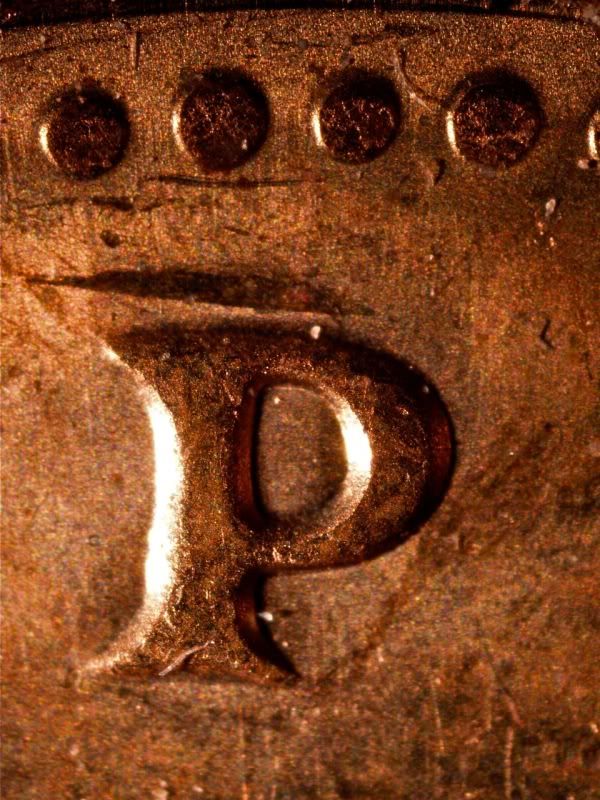
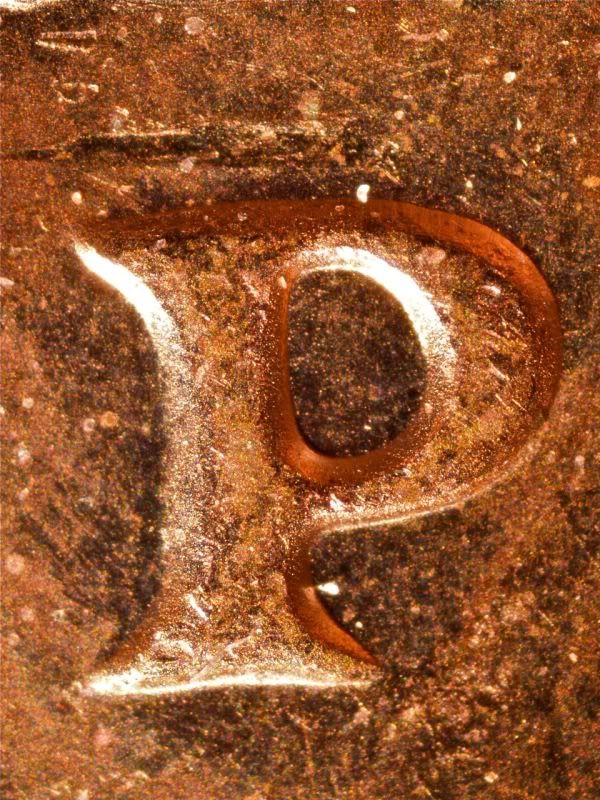
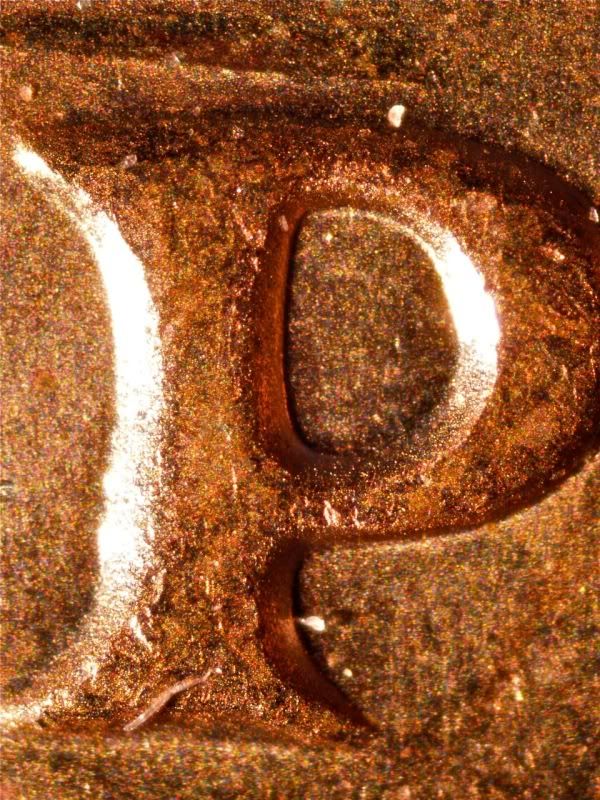
These are straight shots ie no stacking and no cropping - focusing achieved via the Manfrotto 454 slide which has 1mm movement per revolution.
I'm quite pleased with the $9.99 lens
Cheers
dunk
